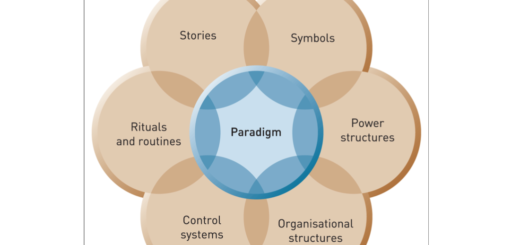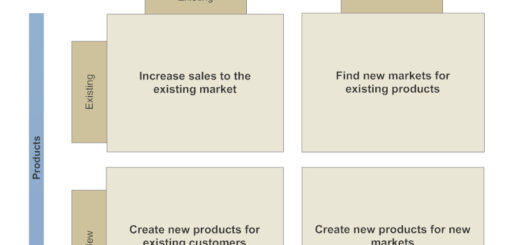The Investors in People (IIP) Framework
The Investors in People (IIP) framework includes standards in nine indicators that are divided into three categories: Leading, Supporting, and Improving. These categories are designed to provide a comprehensive framework for organizations to improve their people management practices and to create a culture of continuous improvement.
- Leading: The leading category includes three indicators: Leading and inspiring people, Living the organization’s values and behaviors, and Empowering and involving people. These indicators focus on leadership, management, and communication skills, and emphasize the importance of creating a positive work environment, involving employees in decision-making processes, and providing opportunities for development.
- Leading and inspiring people: This indicator focuses on leadership, management, and communication skills. It includes setting clear expectations, providing feedback and recognition, and creating a culture of continuous improvement.
- Living the organization’s values and behaviors: This indicator focuses on ensuring that the organization’s values and behaviors are embedded in all aspects of the business, from recruitment and performance management to customer service and innovation.
- Empowering and involving people: This indicator focuses on involving employees in decision-making processes, providing opportunities for development, and encouraging innovation and creativity.
- Supporting: The supporting category includes three indicators: Managing performance, Learning and development, and Managing talent. These indicators focus on the processes and practices that support the development of employees, including setting clear goals and objectives, providing feedback and coaching, and identifying and developing talent within the organization.
- Managing performance: This indicator focuses on setting clear goals and objectives, providing feedback and coaching, and regularly reviewing performance to ensure that employees are meeting the expectations of the organization.
- Learning and development: This indicator focuses on providing employees with the skills and knowledge necessary to perform their roles effectively, both through formal training programs and on-the-job learning opportunities.
- Managing talent: This indicator focuses on identifying and developing talent within the organization, including succession planning and career development.
- Improving: The improving category includes three indicators: Recognizing and rewarding high performance, Building employee engagement, and Evaluating and improving people management. These indicators focus on creating a culture of continuous improvement, including providing recognition and rewards for high performance, promoting employee engagement, and continuously evaluating and refining the organization’s approach to people management.
- Recognizing and rewarding high performance: This indicator focuses on providing recognition and rewards for employees who perform well, including financial incentives, career development opportunities, and public recognition.
- Building employee engagement: This indicator focuses on creating a positive work environment, encouraging employee feedback, and promoting work-life balance.
- Evaluating and improving people management: This indicator focuses on measuring the effectiveness of people management practices, identifying areas for improvement, and continuously evaluating and refining the organization’s approach to people management.
By dividing the indicators into these three categories, the IIP framework provides a structured approach to improving people management practices. It emphasizes the importance of leadership, employee engagement, talent development, and continuous improvement, and provides a comprehensive framework for organizations to follow. Overall, the IIP framework is designed to help organizations create a motivated and engaged workforce that is capable of driving business success.





he blog was how do i say it… relevant, finally something that helped me. Thanks